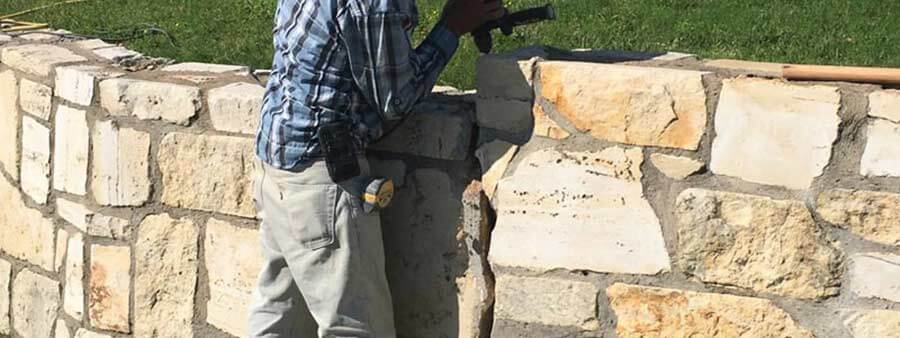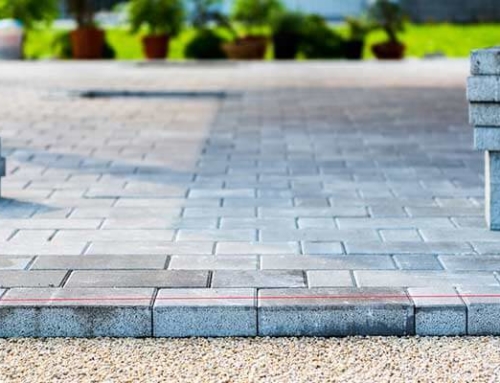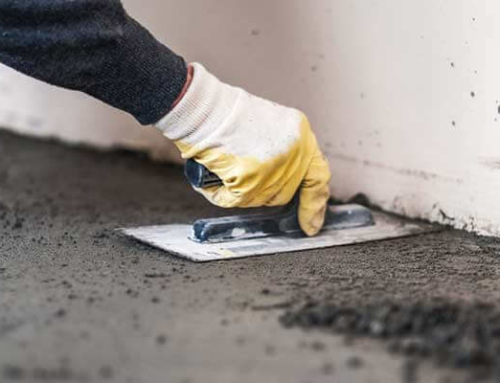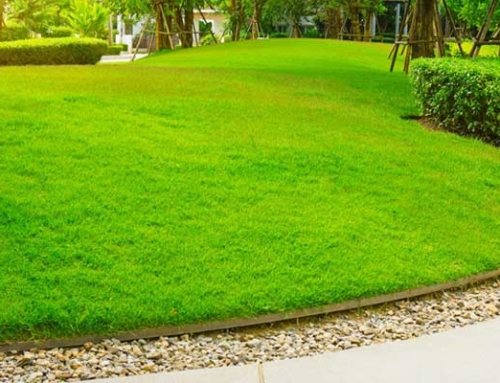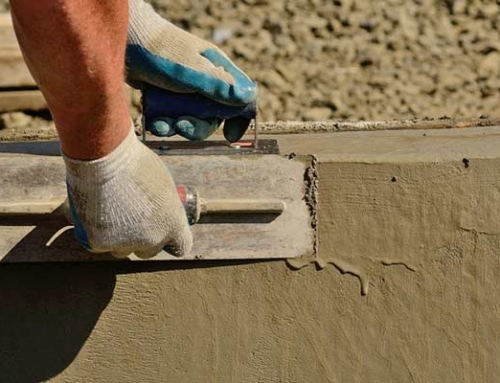A stonemason is more than just a contractor; he is a craftsman who uses stone to create structures like buildings and homes. Stonemasons are masters at manipulating, shaping, polishing, and carving stones to fit the desired aesthetic. Stonemasons also install retaining walls chimneys, and patios. Stonemasonry creates a beautiful aesthetic perfect for outdoor spaces. A stone masonry contractor is trained to work with both natural and manufactured stone when crafting stone structures.
Types of Stone Masonry
Within stone masonry, there are two major divisions: rubble masonry and ashlar masonry. Rubble masonry is unique because it is comprised of different sized stones. The stones are either left uncoursed or squared with a straight cut finish—this stylistic choice is up to the homeowner. Because the stones are often in random sizes, rubble masonry is the roughest and least expensive form of stone masonry.
In ashlar masonry, stones are made to look uniform. They are cut into the same size and rectangular shape. Stones are chiseled to ensure they are even with perfect joints. This makes them easy to put together, but it also makes this form of stone masonry more expensive than rubble masonry.
Here are some of the stone masonry construction methods:
- Mortared stones. With this type, cement mortars are used to stack the secure the stones. Mortar fills the stone gaps, which makes this an option for both ashlar masonry and rubble masonry.
- Dry-stack stones. This was the original stone masonry technique. This method does not use mortar but rather takes advantage of gravity to keep the stones together. This is a challenging technique as it is meticulous and requires a lot of time and skill.
- Veneered stones. This is a stone type used to protect and decorate walls and other surfaces. Veneers are around 1 inch in thickness, and each square foot weighs less than 15 pounds, which ensures no extra supports are necessary. This is a stone masonry project meant for aesthetics, not for building a foundation. Most stone structures today utilize this method, placing the veneers against a concrete or cinderblock wall.
- Slipform stones. Slipform combines the traditional method with the veneered stones method. It uses formwork to hold the stones and mortar straight. Short forms about 2 feet in height go on each side of the structure as a guide. The stones are placed inside the short form. Concrete is then poured behind the rocks, making this a structure comprised of stones and concrete together.
Skill and knowledge in the many stone masonry types are what it takes to be a great stone masonry contractor.

